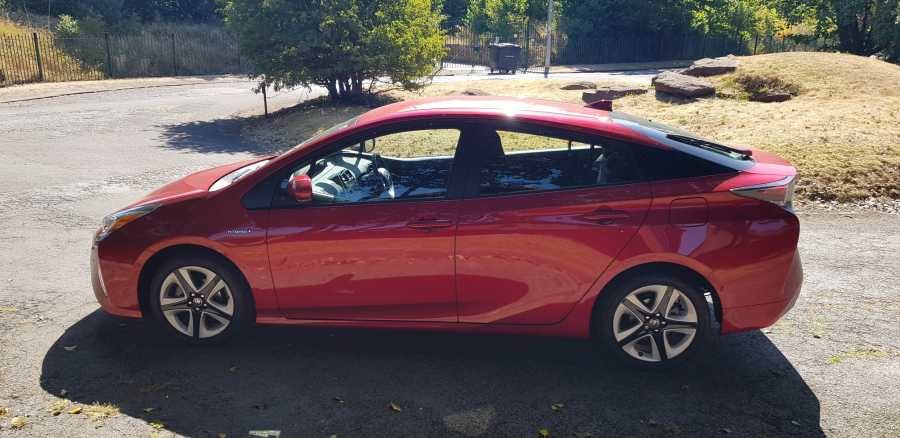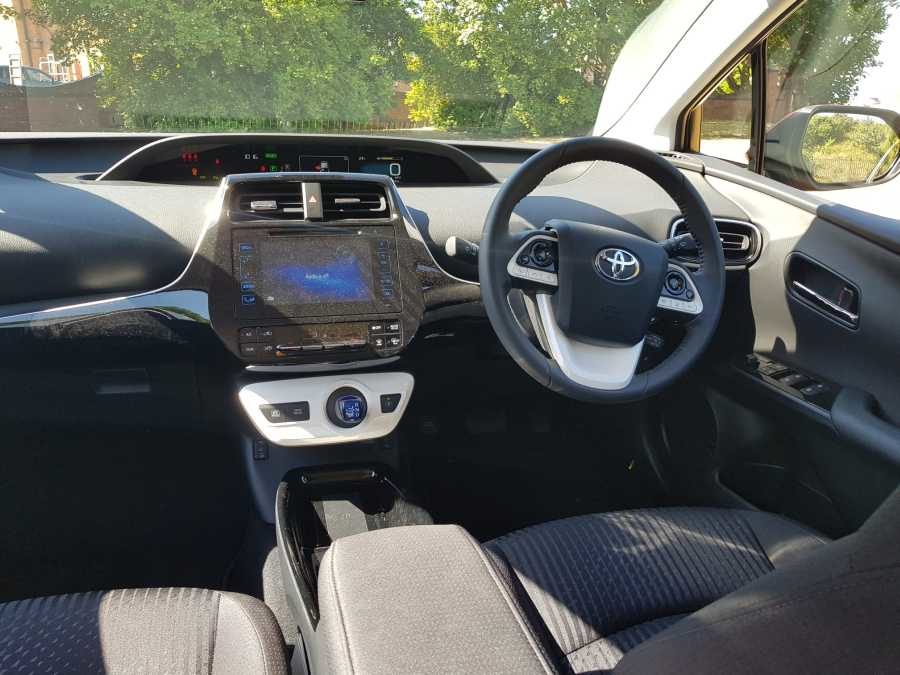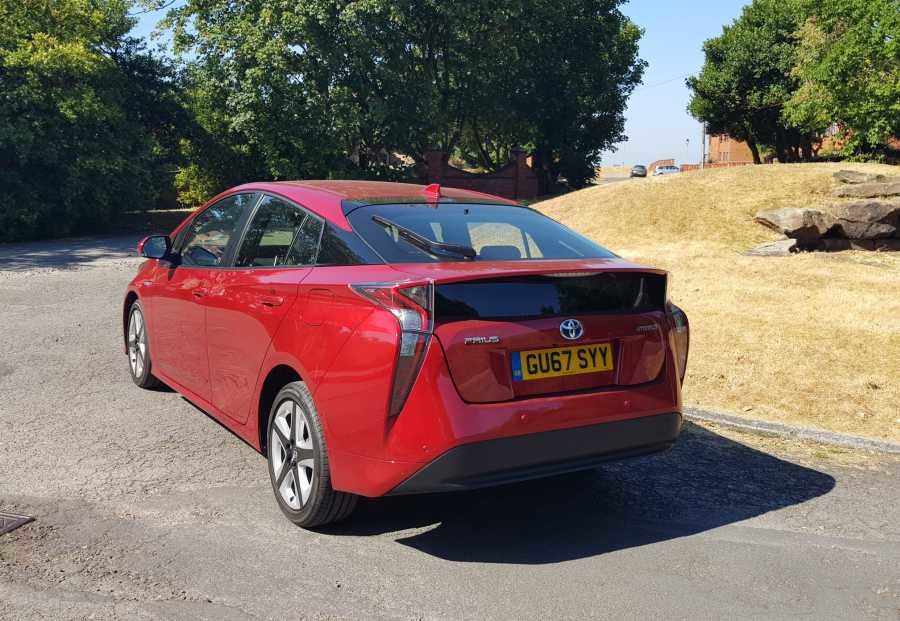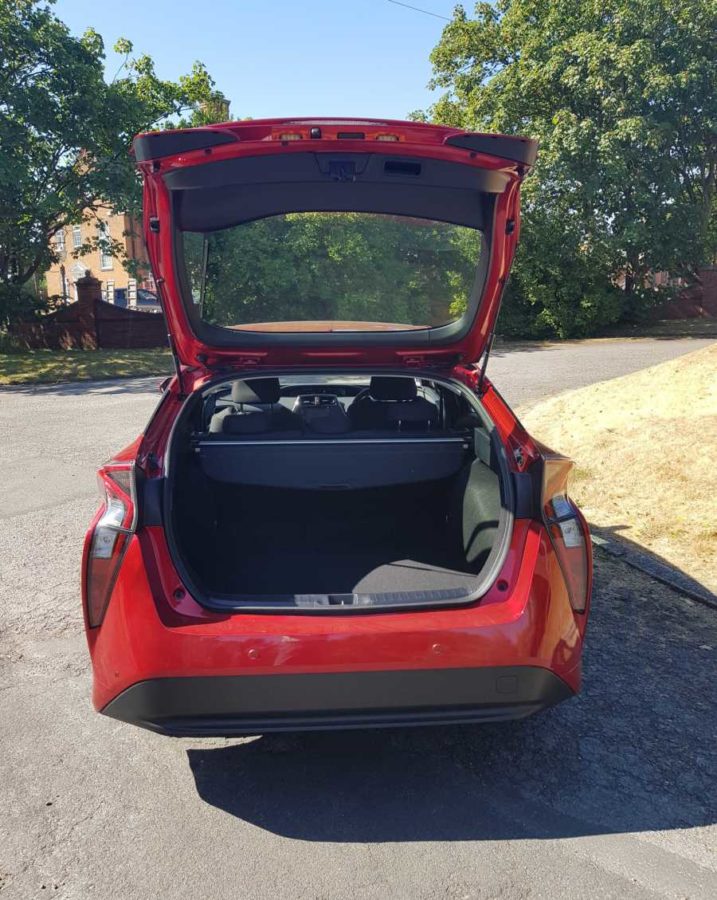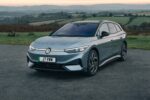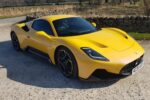Featured · Reviews · Road Tests · Toyota
Toyota Prius – clean efficiency
IT’S one thing having that contented feeling of owning a hybrid model, quite another knowing how to maximise its benefits.
You can spot the world’s first mass-produced hybrid car, the Toyota Prius, a mile off – and not just because so many are being adopted by Uber drivers.
It’s more down to the car’s oddball design, which to be fair has improved considerably over its 20-year existence.
What’s certain though is that this fourth generation Prius is the best yet, setting new benchmarks for fuel economy, emissions and efficiency.
For anyone still unsure of how full hybrid models work, they are engineered to run on power from their petrol engine and electric motor – but can also operate exclusively on electric power.
The aim is to run as often as possible on electric power – saving fuel and cutting exhaust emissions – indicated in the Prius by a green EV icon lighting up on the instrument display.
And you can maximise your car’s potential EV performance through gentle braking, for example when approaching traffic lights, which increases the amount of electric power gained from the Prius’ regenerative braking system.
That said, Toyota hybrids are not made to be driven the same way as all-electric vehicles, which can run both faster and further on purely electric power but have to be parked for their batteries to be recharged.
But the Prius is not just about green credentials as the car is driven by a new generation of Toyota’s full hybrid powertrain, resulting in the potential for an average fuel return of 94.1mpg.
And the tested Business Edition +2 variant couldn’t be more aptly named as it is tax effective courtesy of a 13 per cent benefit-in-kind rating, as well as being exempt from the London congestion charge without the use of plug-in technology.
It all works via something called Hybrid Synergy Drive, comprising a 1.8-litre petrol engine, a strong electric motor, a generator and a high performance battery.
From start-up, Prius automatically operates in EV mode, using electric motor power alone – great for parking or in snail’s pace commuter traffic.
The petrol engine is supposedly only introduced under firm acceleration, though in reality it doesn’t work out like that as anything but the lightest touch on the accelerator triggers the engine.
And while the ECO setting of the three drive modes – EV, ECO and Power – allows the potential for that fantastic fuel figure, our own overall average was 68mpg.
As the first Toyota model to be built on the company’s New Global Architecture platform, it has a 25mm lower centre of gravity, feels smooth, handles positively and feels both spirited and balanced.
The car’s cockpit-style cabin is also attractive with firm, durable cloth seats – comfortable for three across the back – a colour head-up display, seven-inch touchscreen, wireless phone charger, reversing camera and six-speaker sound system, though sat-nav and pearl effect paint is extra.
You also get a deceptively large boot, front and rear door pockets, overhead stowage, glovebox and a console box with a removable inner tray and two cupholders.
During its development the Prius was crashed more than 400 times to ensure a top safety rating, and systems like a rear cross traffic alert and blind spot monitor are key safety features.
- SPEC CHECK
- MAKE Toyota.
- MODEL Prius Business Edition +2.
- ENGINE 1,798cc, 4-cyl VVT-i petrol plus 650v electric motor.
- POWER 121bhp (hybrid system).
- PERFORMANCE 0-62 in 10.6 secs, top speed 112mph.
- ECONOMY 97.4mpg Urban, 91.1 Extra Urban, 94.1 Combined..
- CO2 EMISSIONS 76g/km.
- BiK RATING 13%
- INSURANCE Group 14 (1-50).
- PRICE £26,895 on the road.
WHAT’S HOT
- Economy, space, equipment, value.
- WHAT’S NOT
- Oddball design.
- RATINGS {Out of 10}
LOOKS . . . . . . . . . . . . . . . . . .7
EQUIPMENT . . . . . . . . . . . . .8
RIDE AND HANDLING . . . . 8
PERFORMANCE . . . . . . . . . .7
VALUE FOR MONEY . . . . . .9


